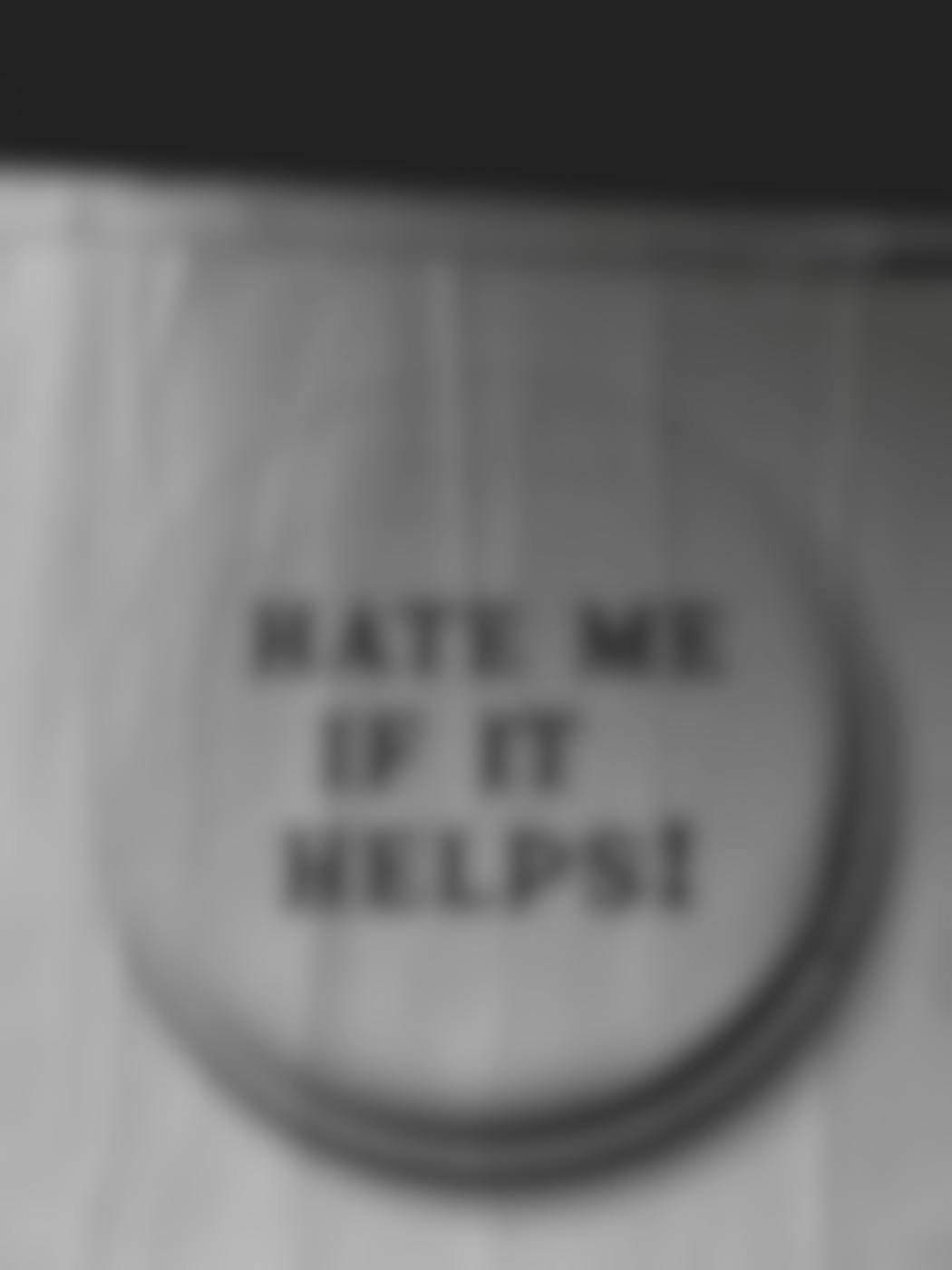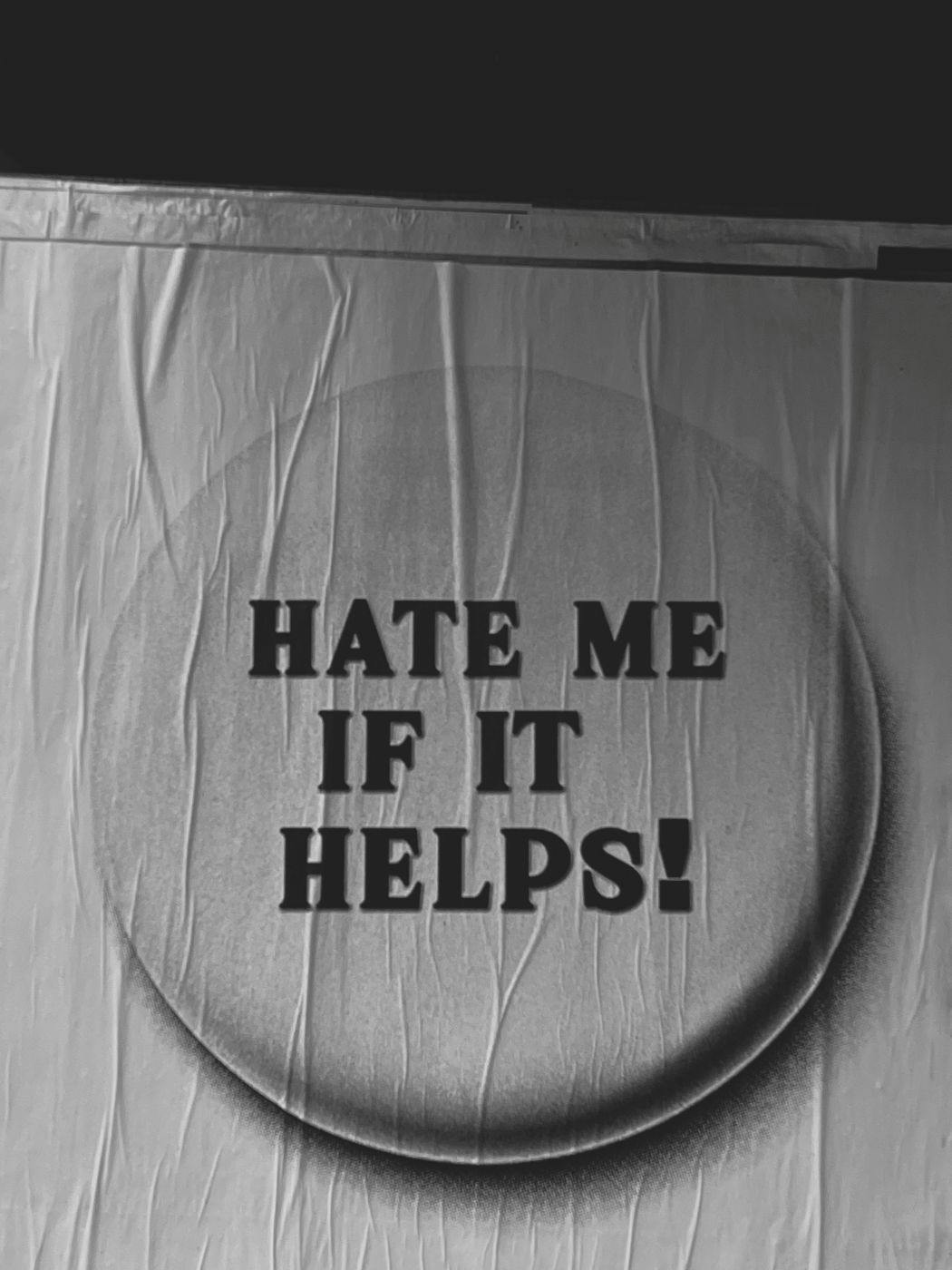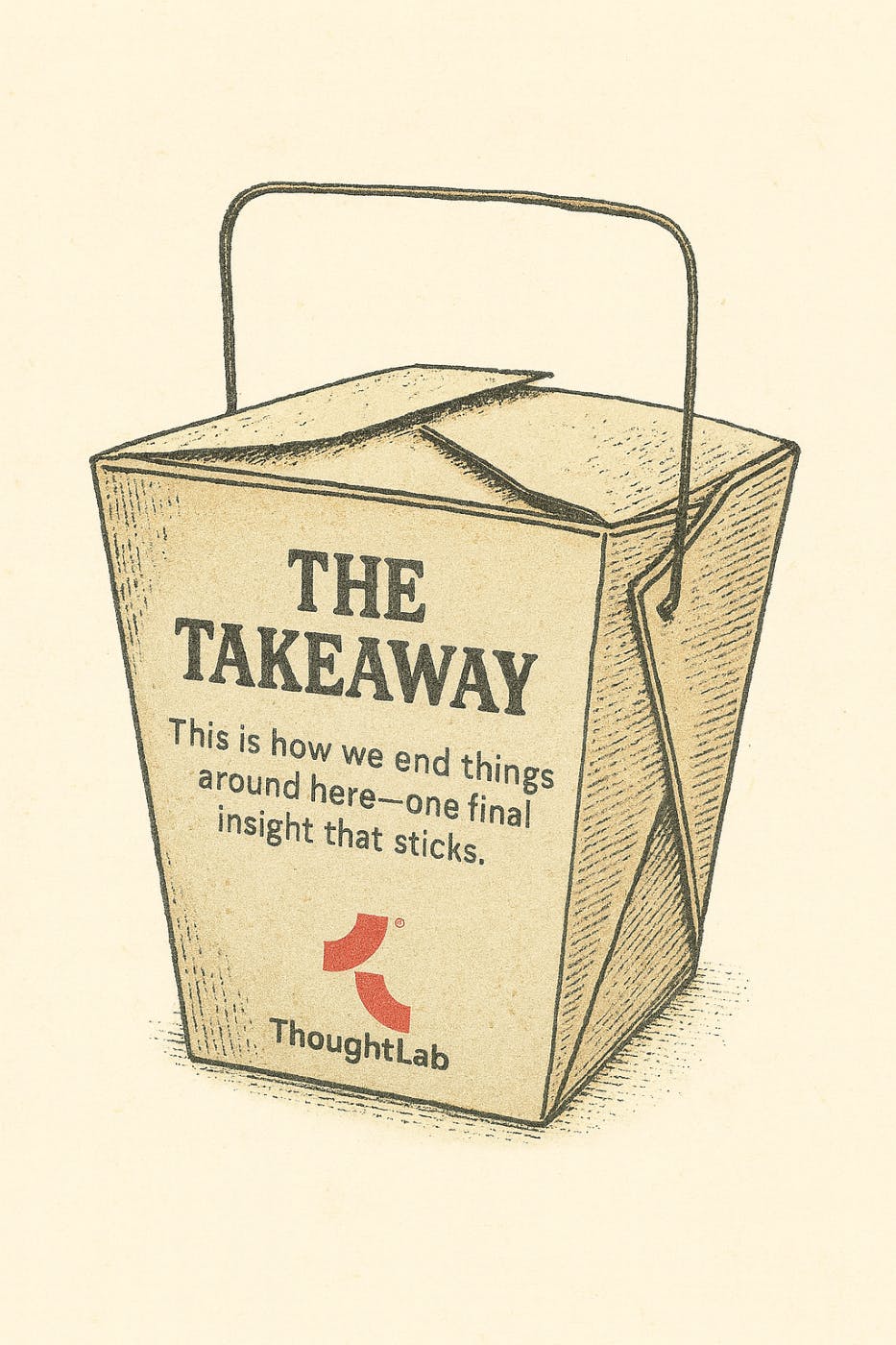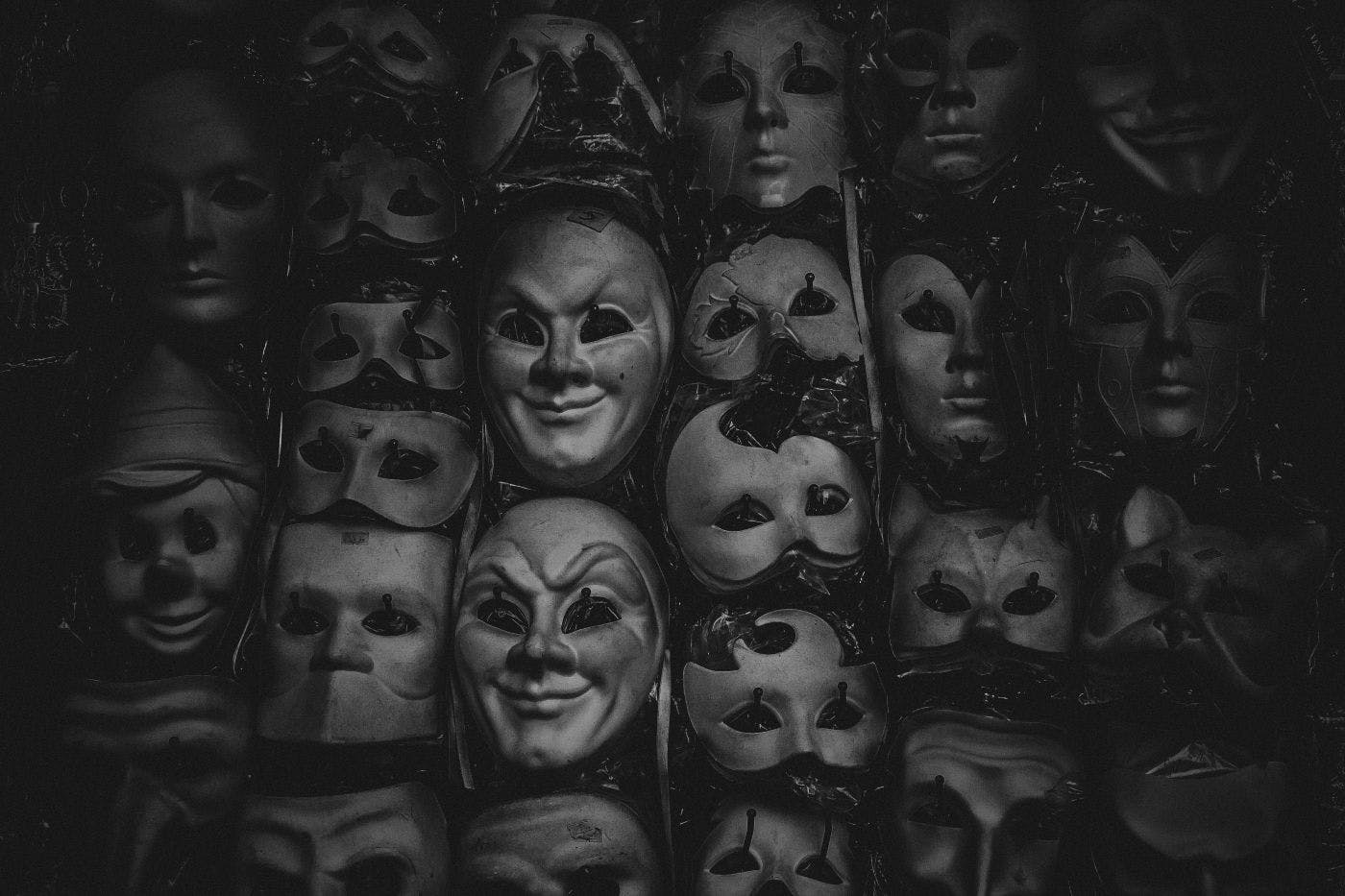

You can design a logo to mean strength, unity, or excellence, but meaning is a living thing. It grows, shifts, and mutates based on who uses it and how often it is seen.
Congratulations! You’ve done the work, put in the hours, and created a brand that you’re sure will last for ages. Your logo is perfect for T-shirts, hats, jackets, and so much more. It’s perfect. And it should be, after thousands of dollars spent on R&D, the money you paid designers and SEO companies, the time and effort, and the days of your life you’ve put into this. And now, it’s here, you have a fully realized brand. You’re on your way!
Cut to:
A news report shows hundreds of people at a pro-Nazi rally, and for some reason, half of them are wearing T-shirts with your new, expensive, exhaustive brand logo on them. Now, you’re not in favor of Nazis, of course, but it seems Nazis are in favor of your logo. What’s a brand to do? You can’t dictate who gets to wear your logo, so seriously … what are brands to do?
You sit there, watching the footage, trying to make sense of it. How did this happen? How did your logo, your proud, polished mark of identity, end up marching alongside hate?
That’s the gut punch of branding in the real world: once your creation leaves your hands, it doesn’t just belong to you anymore. It belongs to everyone who sees it, shares it, wears it, or twists it.
And sometimes, it gets picked up by people you’d never want within ten miles of your mission or values.
This is what happens when a brand slips out of your control.
When a Brand Escapes Your Control
Once a symbol is released into the world, it takes on a life of its own. It becomes a cultural object, open to interpretation, manipulation, and repurposing. You can design a logo to mean strength, unity, or excellence, but meaning is a living thing. It grows, shifts, and mutates based on who uses it and how often it is seen.
Think about what happened to Fred Perry. Their simple black and yellow polo shirt was adopted by a far-right group that used it as a kind of uniform. The brand never courted that audience. They were horrified. But that did not matter. The shirt had already taken on a new meaning in certain circles. Fred Perry had to publicly distance themselves, stop selling that color combination, and make a statement about who they were and what they stood for.
Once a symbol becomes useful to someone else’s story, you cannot always pull it back. The internet accelerates that transformation. A logo can appear on a meme, a flag, or a T-shirt halfway around the world in seconds. It can be worn ironically, or proudly, or as an inside joke that no one at the company understands until it is too late.
This is the danger of success. When a brand connects deeply, it becomes more than design or messaging. It becomes shorthand for an idea. And ideas, once they start moving through culture, stop obeying the people who made them.
The Danger of Unintended Association
When the wrong people embrace your logo, the damage goes far beyond aesthetics. It becomes a story about who you are, whether you like it or not. In branding, perception is reality. You might know your values inside and out, but the public only knows what they see. If what they see is extremists, bullies, or hateful ideologies using your mark, then your brand starts to inherit that meaning.
Symbols are powerful because they speak faster than words. They tap into emotion before logic has a chance to catch up. When that emotional charge turns dark, your brand becomes a shorthand for something you never intended to represent. It can happen quietly, in online spaces where people remix your logo into memes or posts that shift its meaning. Or it can happen loudly, in the streets, where the symbol appears on banners, clothing, or tattoos.
Once that image circulates, it sticks. A logo that once said pride or unity now whispers division. A symbol meant to represent excellence might start to feel elitist or exclusionary. Meaning gets rewritten not by what you say, but by who uses your voice.
It takes years and thousands of touchpoints to build an association in people’s minds, but only a few moments of bad exposure to start eroding it. That is the cruel math of brand perception. You can invest everything into building something positive and still find yourself at the mercy of those who twist it.
And the internet does not forget. Screenshots, videos, and memes outlive the context that created them. Even if you issue a statement, redesign your logo, or cut ties with the offenders, the association can linger. People may remember the controversy long after they forget the facts.
When meaning slips away, so does control. That is the danger every modern brand lives with.
What Makes a Brand Vulnerable to Hijacking
Not every brand is at risk, but the ones that catch fire in culture often share the same vulnerabilities. They create something simple, memorable, and emotionally charged. That combination is rocket fuel for recognition, but it also makes a logo easy to copy, remix, and repurpose.
Simplicity can be a double-edged sword. The cleaner and bolder your design, the easier it is to lift, edit, or adapt into new contexts. A logo that works beautifully on a hat or billboard also works perfectly on a protest sign or meme. The qualities that make it powerful for you make it powerful for anyone.
Ambiguity is another trap. When a symbol is too open-ended, it leaves space for others to fill in the meaning. If your mark suggests strength, rebellion, or freedom without grounding those ideas in clear values, then people who crave strength, rebellion, or freedom of any kind can project themselves onto it. Even the worst kinds.
Popularity makes things worse. When a logo starts showing up everywhere, it feels like public property. That sense of familiarity invites imitation and parody. Online communities thrive on remix culture, where taking a recognizable image and twisting it becomes entertainment. The more recognizable your symbol, the easier it is to hijack for attention, irony, or identity.
And once that happens, algorithms amplify it. Every repost, every share, every screenshot pushes the twisted version farther into the world. The platform does not care about your intent. It only rewards engagement. Meaning becomes currency, and anyone who can manipulate it gets to spend it.
What starts as a design problem quickly becomes a cultural one. Your logo stops being just a mark of ownership and starts behaving like a living character in a story you cannot fully script.
What Brands Can and Can’t Do About It
Once your logo starts showing up in places you never intended, the first instinct is to pull it back. To regain control. But that is where most brands hit the wall. The truth is, you cannot control who buys your products, wears your merchandise, or reposts your imagery. Ownership in the legal sense is not the same as ownership in the cultural sense.
What you can do is define your values so clearly that they become a shield. When your beliefs and purpose are known, the public can tell when something conflicts with them. Silence, on the other hand, creates a vacuum that bad actors are happy to fill.
Fred Perry understood this when they saw their shirts on extremists. They did not ignore it. They made a public statement that condemned hate, made it clear that their values were not up for interpretation, and even stopped selling the shirt that had been adopted as a uniform. That action did not erase the association entirely, but it showed integrity. It drew a line.
The same principle applies to any brand, large or small. When your mark is used in a way that distorts your message, you have to speak up. You cannot wait for the story to fade. The internet never forgets, but it also never stops scrolling. A clear, timely statement helps the public separate your intent from the distortion.
Beyond words, action matters more. Review where your brand shows up, who you sponsor, what you celebrate, and what you allow. Every partnership, every ad, every influencer post either reinforces your values or weakens them. When your beliefs are visible, hijackers find less room to operate.
And sometimes, you have to let go. You might need to retire a design, pause a campaign, or rethink the way your logo circulates. These are not admissions of defeat. They are acts of protection. A brand that endures is one that knows when to evolve.
There is freedom in realizing that control is not the goal. Clarity is. You cannot stop people from misusing your symbol, but you can make sure no one mistakes them for your voice.
Reclaiming and Protecting Your Meaning
Once a symbol has been twisted, the temptation is to erase it, to start over and hope the world forgets. But meaning cannot always be erased. It has to be rebuilt. The brands that survive these moments are the ones that respond with intention instead of panic.
Reclaiming your brand begins with repetition. Keep showing people who you are and what you stand for. Not once, not in a press release, but in every message, every campaign, every community interaction. Meaning solidifies through consistency. When your actions line up with your words, the public begins to trust your version of the story again.
Community is your best defense. Loyal customers, fans, and advocates will often speak louder than corporate statements. They know your story from experience. When controversy strikes, they become your witnesses. Their posts, their comments, and their support help drown out distortion. You cannot manufacture that kind of loyalty. You earn it long before you need it.
Design can also help you reclaim control. Sometimes, a small evolution of a logo or a shift in how it is presented can create distance from the hijacked version. Change the context and you change the meaning. A mark that once appeared static can become dynamic again, rooted in a renewed sense of purpose.
But protection is not only about reacting. It is about anticipating. Build your brand with enough clarity that there is no confusion about what it stands for. Infuse your values into your visuals, your language, your partnerships, and your culture. A strong identity does not eliminate risk, but it makes misuse harder to sustain.
Most importantly, stay visible. Disappearing from the conversation hands your story to someone else. Keep showing up. Keep defining your meaning. Every post, every product, every interaction is a small act of reclamation.
The goal is not to make your brand untouchable. It is to make it unmistakable.

The Takeaway
Once your brand enters the public space, it stops being just a logo. It becomes a living symbol, open to interpretation, praise, distortion, and debate. You can design it, guide it, and protect it, but you cannot own the way people feel about it.
That reality can be frightening, but it is also freeing. The brands that thrive are the ones that treat their meaning as an ongoing conversation, not a static message. They listen to how their audiences use their symbols and respond with purpose instead of fear. They understand that control is an illusion, but stewardship is not.
When your brand is grounded in clear values, every misuse becomes easier to address. You do not need to fight every battle, only to stand firm in who you are. That clarity is your defense. It is what allows a symbol to outlast controversy and return to what it was always meant to represent.
At ThoughtLab, this is the heart of how we think about brand ecosystems. A brand is not a monologue. It is a living network of meaning, emotion, and behavior that evolves with the world around it. The more deliberately you build that ecosystem, the stronger it becomes when tested.
The world will always have people who try to twist meaning for their own ends. The question is not whether you can stop them, but whether your brand is strong enough to stay itself when they do.
The only way to keep your brand from being hijacked is to make sure it stands for something stronger than hate.
